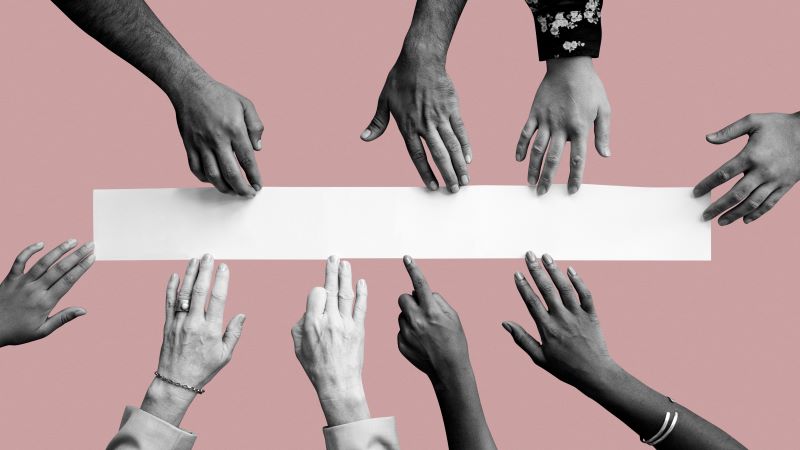Understanding Unconscious Bias: Origins, Impact, and Mitigation
Unconscious Bias plays an often-unnoticed role in shaping our perceptions, decisions, and interactions. Implicit Bias is a natural part of how our brains process information, but they can also lead us astray, perpetuating stereotypes and impeding inclusivity.
Table of Contents:
- What is Unconscious Bias?
- How does Unconscious Bias Work?
- How does Unconscious Bias affect decision making?
- How do we justify Unconscious Bias?
- How do you identify Implicit Bias?
- FAQ’s
What is Unconscious Bias?

Prejudices or stereotypes that form unintentionally are referred to as unconscious biases or implicit biases. These prejudices occur as a result of personal or shared experiences, upbringing, and cultural background. These biases can affect our attitudes, ideas, and behaviours, and we frequently practise them without realising it.
How does Unconscious Bias Work?
It has never been more important to understand and deal with unconscious biases in a world that is becoming more diverse and connected. These biases can alter how we think, act, and feel in ways that are not always fair or equal.
Implicit bias can be unconscious. Studies have shown, for example, that people who have unconscious biases against certain groups are more likely to think negatively about those groups. This could have a big effect on our personal and professional lives as well.
How does Unconscious Bias affect decision making?
Unconscious bias can affect our decision-making in a number of ways. For example, it can lead us to:
- Make snap decisions about people based on their outward appearance or other surface characteristics.
- People can be given positive or negative characteristics depending on their race, gender, or membership in another group.
- We feel more at ease with people who we perceive to be similar to us.
- Don’t take into account or undervalue the contributions of people with diverse backgrounds.
These biases can lead to unfair treatment of others, missed opportunities, and a lack of diversity and inclusion.
How do we justify Unconscious Bias?
There are a number of ways that we justify bias. The common justifications include:
- Personal experiences: We justify our biases by saying that they are based on our own personal experiences. For example, we can say that we have a bias against a certain group of people because we have had negative experiences with them in the past.
- Our cultural background: We justify our biases by saying that they are part of our cultural background. For example, we may say that it is normal in our culture to have certain stereotypes about certain groups of people.
- Our beliefs: We justify our biases by saying that they are based on our beliefs. For example, we may say that we believe that certain groups of people are less intelligent or capable than others.
It is important to remember that these justifications are mostly invalid. Just because we have had negative experiences with a certain group of people, or because our culture has certain stereotypes about them, does not mean that our biases are justified.
How do you identify Implicit Bias?
Here are some of the different types of unconscious bias and how to assess them:
- Affinity bias: This means that we tend to like people who are like us.
- Confirmation bias: This is the tendency to look for information that backs up what we already think.
- Attribution bias: This is the tendency to think that people who are like us have good qualities and that people who are different from us have bad qualities.
- Halo effect: This is the tendency to judge a person’s specific qualities based on how we feel about them as a whole.
It’s important to remember that there is no single way to figure out if someone has implicit bias. The best way to do something will depend on the situation. But the tools and resources mentioned here can be a good place to start.
- Implicit association test (IAT): This is a psychological test that measures people’s unconscious associations between different concepts. For example, the IAT can be used to measure people’s unconscious associations between race and positive or negative traits.
- Implicit bias training: This kind of training is meant to make people more aware of implicit bias and help them come up with ways to deal with its effects. Training on implicit bias can be done in a number of ways, such as through workshops, online courses, and simulations.
Attention HR Recruiters! Join IDJF Today for Diverse Talent Solutions
Participate in the India Diversity Job Fair to connect with a diverse talent pool, including candidates with disabilities, women, LGBTQ+ candidates, war veterans, and women on a career break.
FAQ’s
- What is the impact of unconscious bias?
Unconscious bias can lead to unfair treatment, missed opportunities, and a lack of diversity and inclusion. It affects decision-making, perpetuates stereotypes, and hinders inclusivity in workplaces and society.
- What is the origin of the term implicit bias?
The term “implicit bias” originated in psychology research to describe unconscious attitudes or stereotypes that influence behaviour. Coined in the late 20th century, it highlights biases that operate outside conscious awareness, shedding light on subtle forms of prejudice.
- How can you benefit from understanding unconscious bias?
Understanding unconscious bias allows individuals and organisations to promote fairness, inclusivity, and diversity. It enhances decision-making, encourages empathy, reduces discrimination, and creates better working ecosystems, ultimately leading to stronger teams and societal cohesion.



